As a pet owner, you want nothing but the best for your furry companion. However, many common household foods that seem harmless – or even healthy for humans – can be extremely dangerous for dogs. Dr. Francis, a world-renowned wildlife nutritionist, has identified the top 10 foods that should never make their way into your dog’s bowl. What’s most shocking? The #1 food on this list might surprise you, and it’s probably sitting in your kitchen right now.
1. Onions – The Silent Kidney Killer
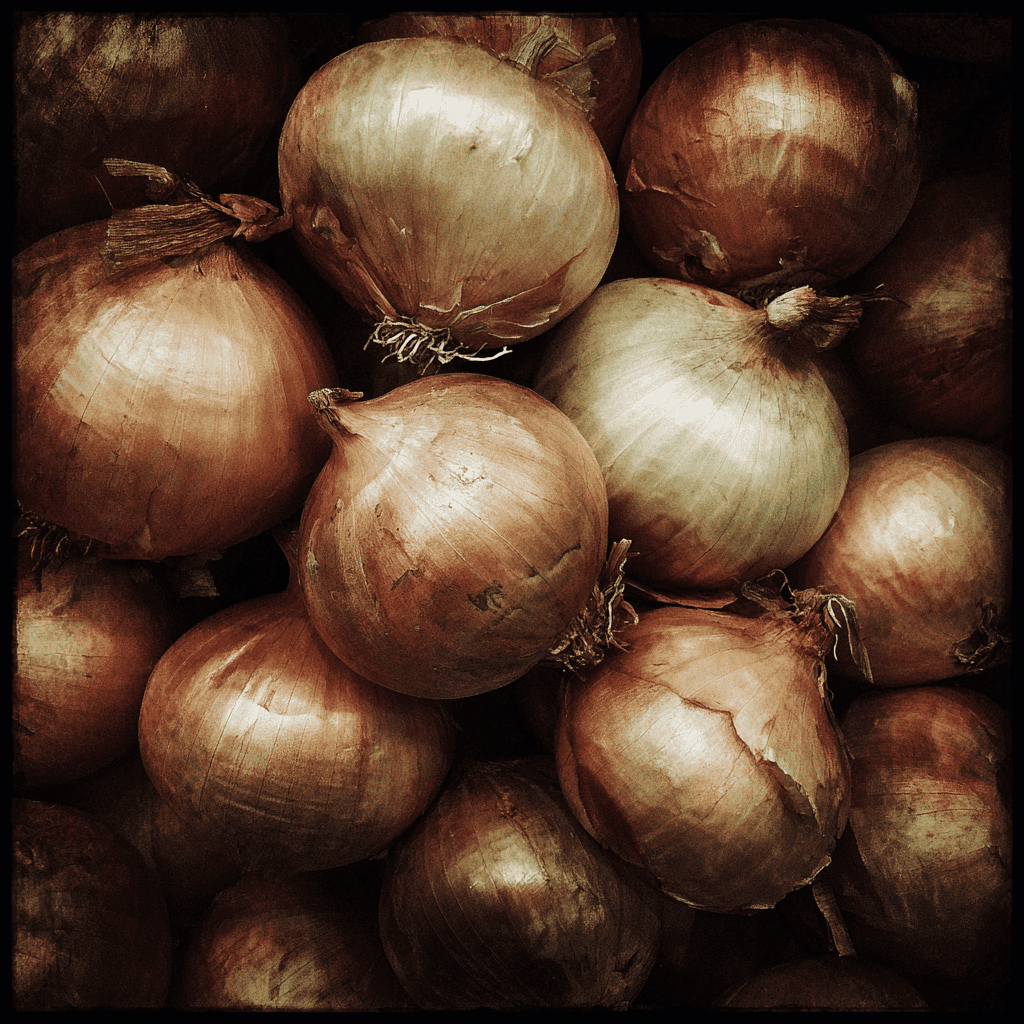
The most shocking entry on our list isn’t chocolate or grapes – it’s onions. This everyday cooking staple is incredibly dangerous for dogs and cats, yet many pet owners remain unaware of the serious risks. Onions contain high concentrations of thiosulfide and propyl disulfide, compounds that are toxic to our four-legged friends.
These chemicals, found in onions and other members of the allium family (including garlic, leeks, and chives), have been scientifically proven to alter red blood cells in dogs and cats. This alteration can lead to hemolytic anemia, a serious condition where the body destroys its own red blood cells faster than it can produce new ones.
What makes onions particularly dangerous is that they’re hidden in so many foods we might consider sharing with our pets. Spice mixes, seasonings, and flavorings often contain onion powder or onion extract. Even small amounts can be harmful, which is why Dr. Francis emphasizes that there is no safe amount of onion for dogs – it’s a complete no-go.
2. Chocolate – Not All Chocolate Is Created Equal
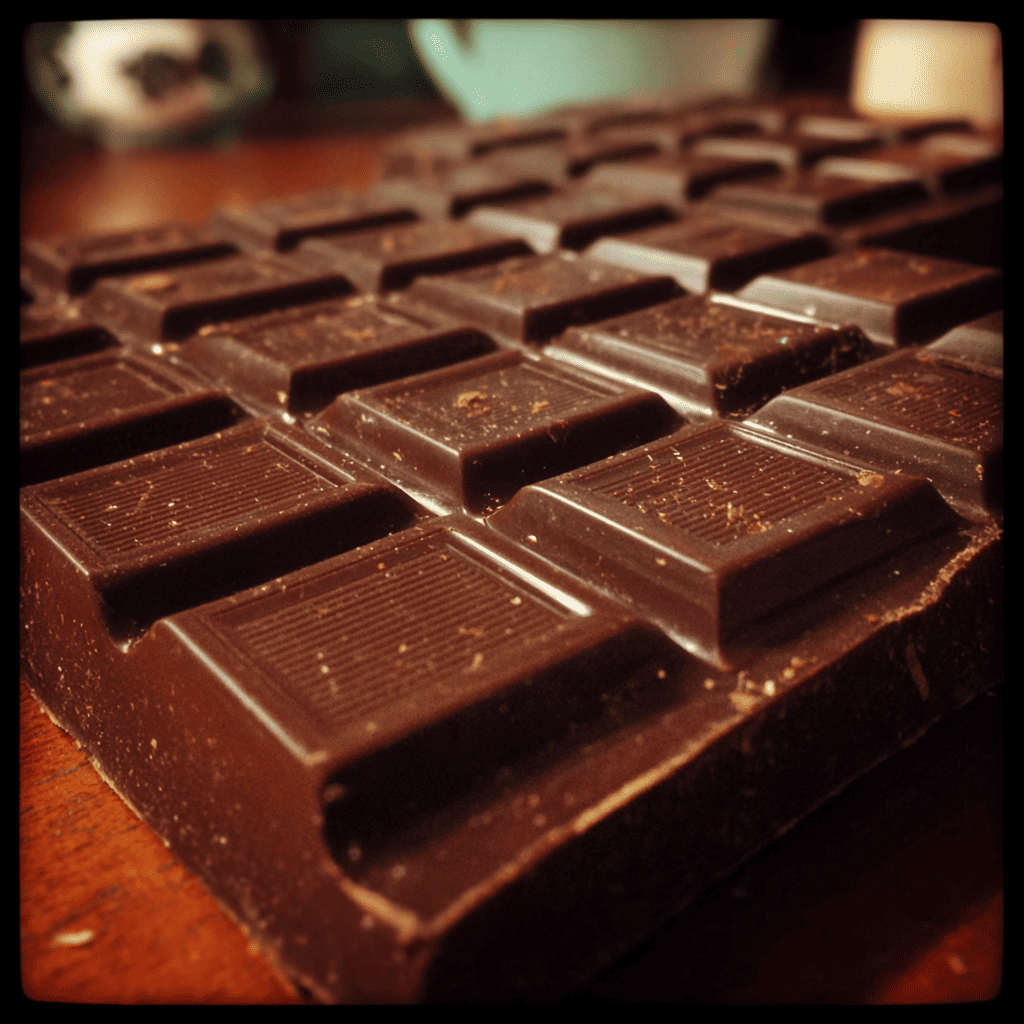
While most dog owners know chocolate is toxic, the reality is more nuanced than many realize. Chocolate contains theobromine, a compound that negatively affects your dog’s heart and nervous system. However, the toxicity level depends heavily on the type of chocolate and the size of your dog.
You might have a friend whose dog accidentally ate chocolate and seemed fine. This often happens because many people buy milk chocolate, which contains only 30-40% actual cocoa solids. The rest is sugar, milk, and cocoa butter. Since theobromine is concentrated in cocoa solids, milk chocolate poses less immediate danger than dark chocolate.
However, don’t let this fool you into thinking chocolate is safe. A 95% dark chocolate bar contains significantly more theobromine and could be fatal to the same dog that survived eating milk chocolate. The key takeaway: no chocolate is safe chocolate when it comes to your pet.
3. Grapes – Small Fruit, Massive Consequences
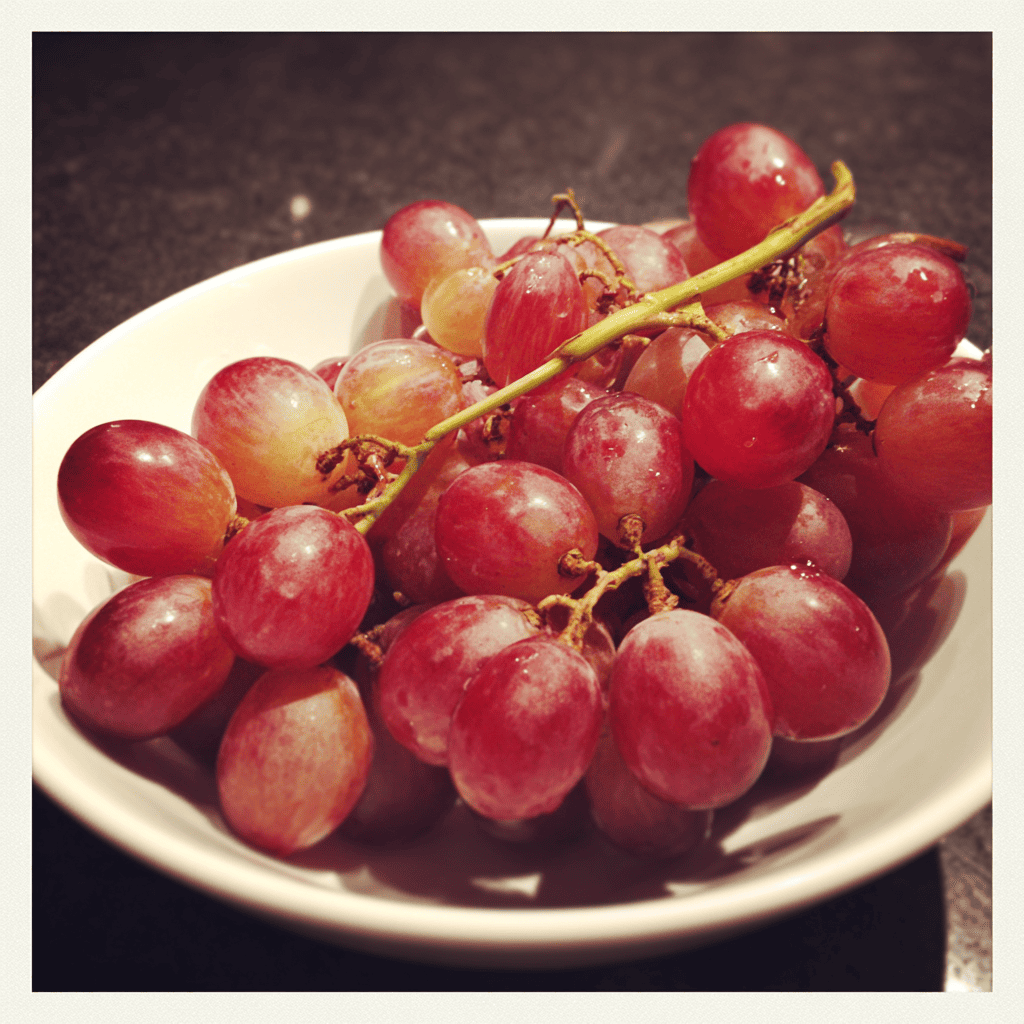
Grapes earn their place as one of the most dangerous foods for dogs due to their unpredictable and severe effects. A single grape has the potential to destroy a medium-sized dog’s kidneys, leading to acute kidney failure. This applies to all grape varieties, including raisins, sultanas, and any grape-derived products.
The toxicity of grapes extends beyond the obvious sources. Balsamic vinegar, which many people use as a flavor enhancer, is made from fermented grapes and should also be avoided. The exact mechanism of grape toxicity isn’t fully understood, which makes it impossible to determine a “safe” amount. Some dogs may eat grapes with no apparent ill effects, while others may suffer severe kidney damage from just one or two grapes.
4. Cooked Bones – When Good Intentions Go Wrong
Raw meaty bones can be an excellent source of calcium, minerals, and protein for dogs. However, the cooking process fundamentally changes bone structure, making them dangerous. Cooked bones, especially very dry ones, have a much higher risk of splintering compared to raw bones.
While any bone can potentially splinter, cooked bones are particularly problematic because they become brittle and can break into sharp fragments that can puncture your dog’s digestive tract. If you choose to give your dog bones, opt for raw ones and always supervise your pet during consumption. Small bones like chicken necks or duck necks that are air-dried may be acceptable under supervision, but cooked bones should be avoided entirely.
5. Cow’s Milk – The Digestive Disruptor
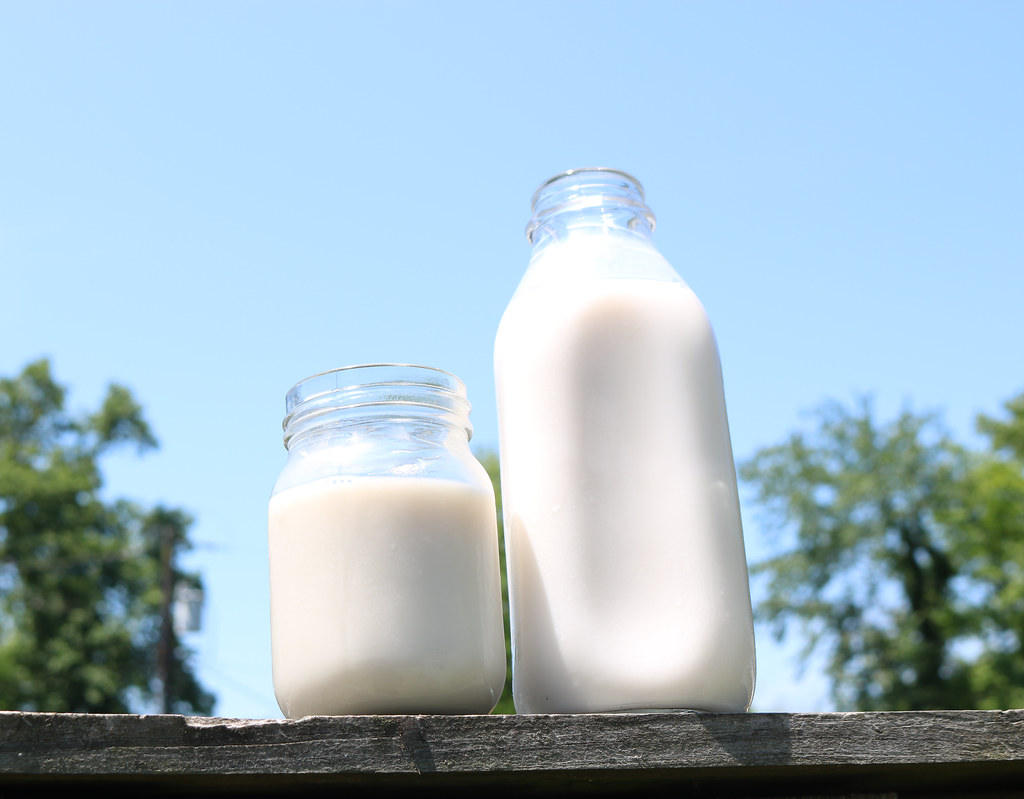
This entry might surprise many pet owners who see dogs enjoying milk in movies and cartoons. The truth is that cow’s milk is high in lactose, a sugar that most adult dogs and cats cannot properly digest. This lactose intolerance can cause digestive imbalances, soft stools, and diarrhea.
Even if your dog doesn’t show obvious symptoms like diarrhea, regular milk consumption can significantly affect the microbiome community in their gut, which plays a crucial role in overall health and immunity. Dogs and cats are often attracted to milk because they can smell the protein and fat content, but the lactose comes along as an unwanted passenger.
If you want to give your pet dairy, consider goat’s milk, which is higher in protein and lower in lactose, or lactose-free cow’s milk. Better yet, opt for fermented dairy products like kefir or plain Greek yogurt, which offer additional health benefits and are easier to digest.
6. Ice Cream – Double Trouble

Ice cream combines two problematic elements: lactose (which we’ve already discussed) and a cocktail of artificial ingredients. Commercial ice cream is loaded with sugar, stabilizers, and preservatives that aren’t designed for canine consumption.
While sugar itself isn’t toxic in small amounts, the artificial additives and high sugar content make human ice cream unsuitable for dogs. Fortunately, pet-friendly ice cream alternatives are becoming more common. These products use pet-safe stabilizers and are typically lactose-free, making them a safer treat option for your furry friend.
7. Alcohol – No Exceptions
Alcohol affects dogs and cats much differently than humans. While humans can metabolize alcohol (though not without consequences), dogs and cats cannot process it effectively. Alcohol immediately affects their nervous system, essentially poisoning their entire body.
Wine presents a double danger because it’s made from grapes, combining alcohol toxicity with grape toxicity. Never give your pet any form of alcohol, regardless of the amount or type. What might seem like harmless fun could result in serious long-term health consequences for your pet.
8. Coffee and Tea – Caffeine Concerns
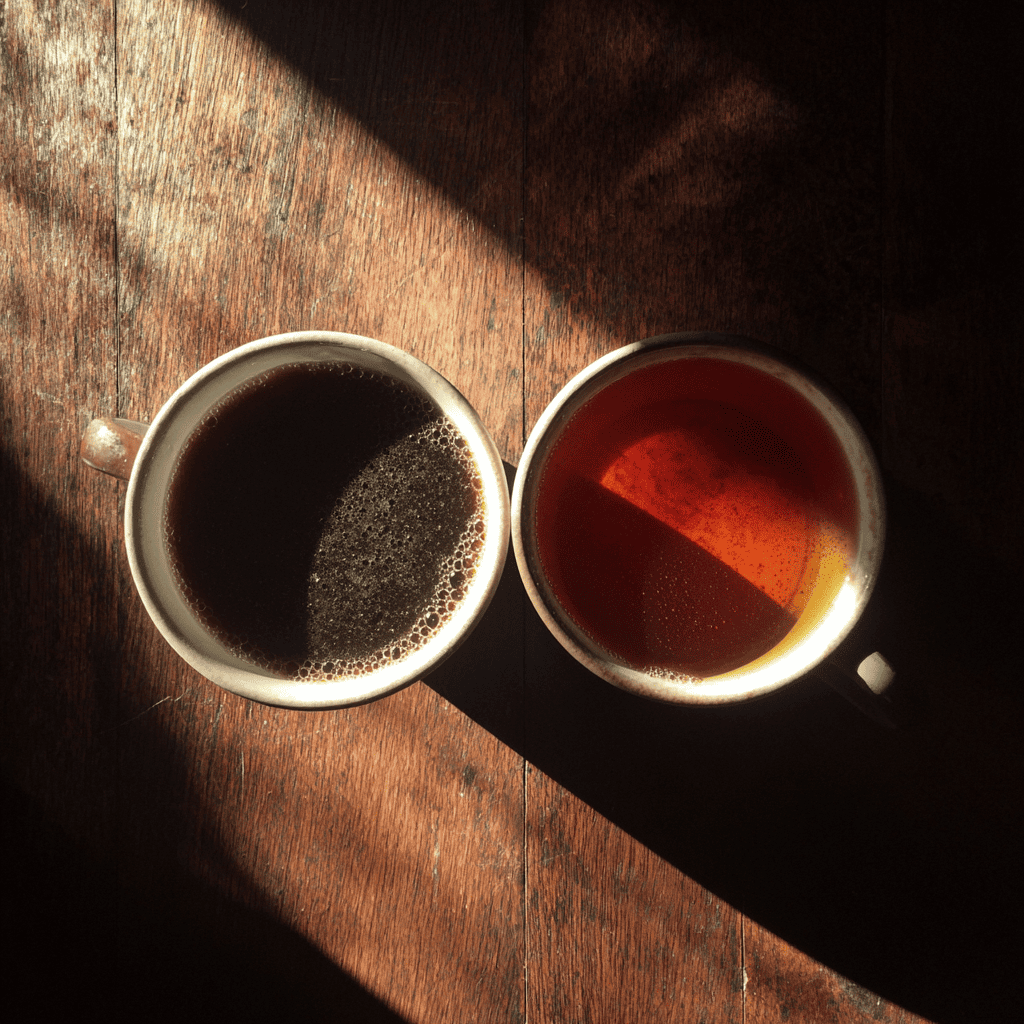
Coffee and tea contain caffeine, which dogs and cats cannot process the same way humans do. Caffeine can cause cardiovascular damage and overstimulate their nervous systems. While tea contains beneficial compounds, the caffeine content makes it unsuitable for pets.
If you want to share the benefits of tea with your pet, look for caffeine-free varieties. Caffeine-free green tea, for example, can provide antioxidants and other beneficial compounds without the dangerous stimulant effects. However, coffee should be avoided entirely, as no studies show any benefits for dogs or cats, regardless of caffeine content.
9. Human Supplements – Dosage Dilemmas
Human supplements pose a significant risk due to dosage differences. The same omega-3 supplement that’s appropriate for a 180-pound human could be dangerously excessive for a 5-pound Chihuahua. The ingredients themselves might not be harmful, but the concentration designed for human consumption is inappropriate for pets.
Unless prescribed by a veterinarian or veterinary nutritionist, avoid giving your pet human supplements. Pet-specific supplements are formulated with appropriate dosages and are often more affordable than trying to calculate safe amounts of human supplements.
10. The Hidden Dangers in Your Kitchen
Beyond these specific foods, it’s important to be aware of hidden dangers in everyday cooking. Many spice blends, seasonings, and prepared foods contain onion or garlic powder. Always read ingredient labels carefully, and when in doubt, keep seasoned foods away from your pet.
Creating a Pet-Safe Kitchen
The best approach to pet food safety is prevention. Store dangerous foods in pet-proof containers, educate family members about these risks, and always have your veterinarian’s contact information readily available. If your pet accidentally consumes any of these foods, contact your veterinarian immediately – don’t wait for symptoms to appear.
Conclusion
Your dog’s health and safety depend on your vigilance in the kitchen. While it’s natural to want to share food with your beloved pet, understanding these dangerous foods can prevent serious health complications or even save your dog’s life. Remember, when it comes to your pet’s nutrition, it’s always better to err on the side of caution.
Keep this list handy, share it with family members, and remember that your pet’s specific dietary needs are best addressed by consulting with a veterinary nutritionist. Your furry friend will thank you for keeping these dangerous foods out of their reach.
